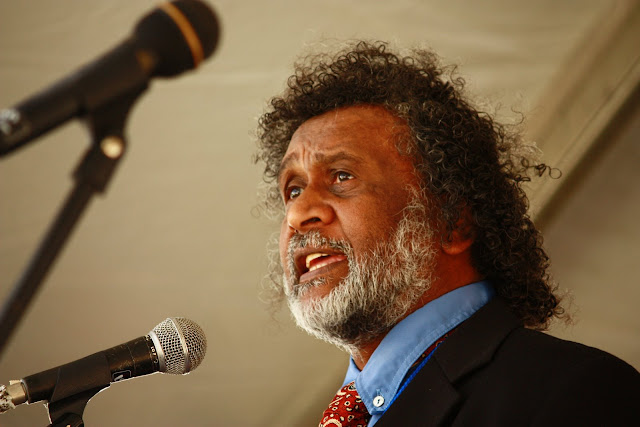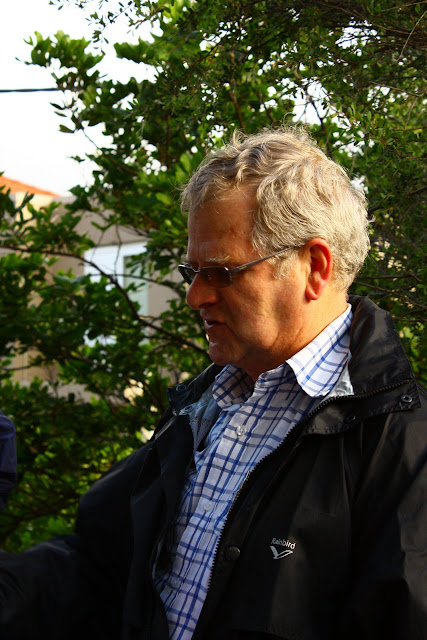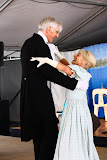
A 15 minute ex tempore oration on "the lost generation" was given by David Williams. Lined up in front of him he had the representatives of white middle-class power in the State: The Governor, Professor Marie Bashir; the local member for the Federal seat of Sydney, Tanya Plibersek who is also the Minister for Housing; The State Minister for Community Services, Linda Burney who is from the Wiradjuri tribe; and, Clover Moore, the Mayor of Sydney.
David lines 'em up and delivers a spray about the hopelessness felt by the coming young generation of aboriginal people about their role and purpose and prospects in life. It was sobering. His voice broke; he paused. His hands waved in emphasis: yet his core remained resolute. From a bloke at the coal-face to the movers'n'shakers it was a rousing call to arms. I sought him out as he stepped down and was proud to take his hand and call him brudder.
 |  |




















.JPG)






.jpg)



















